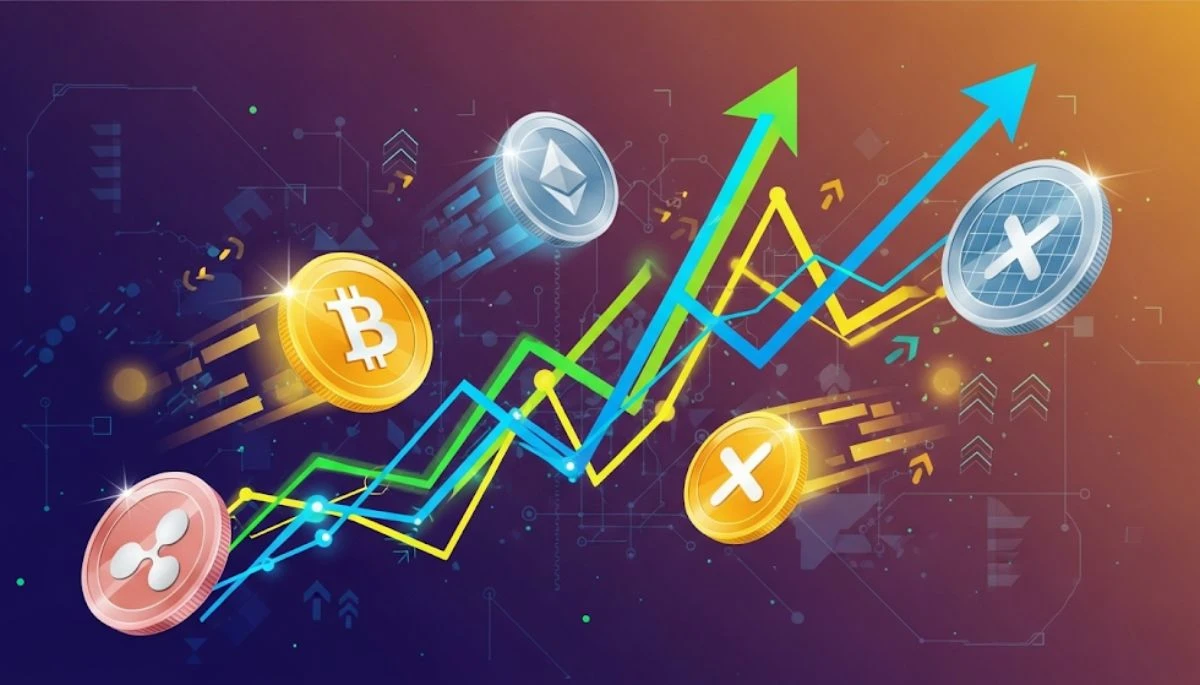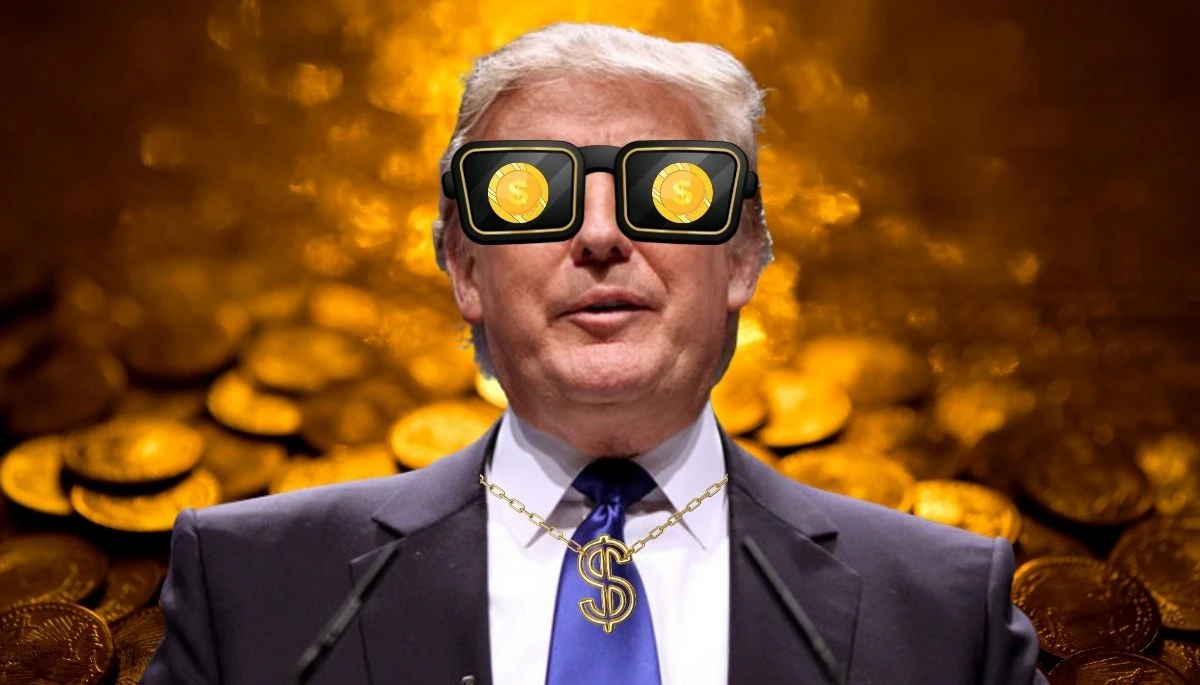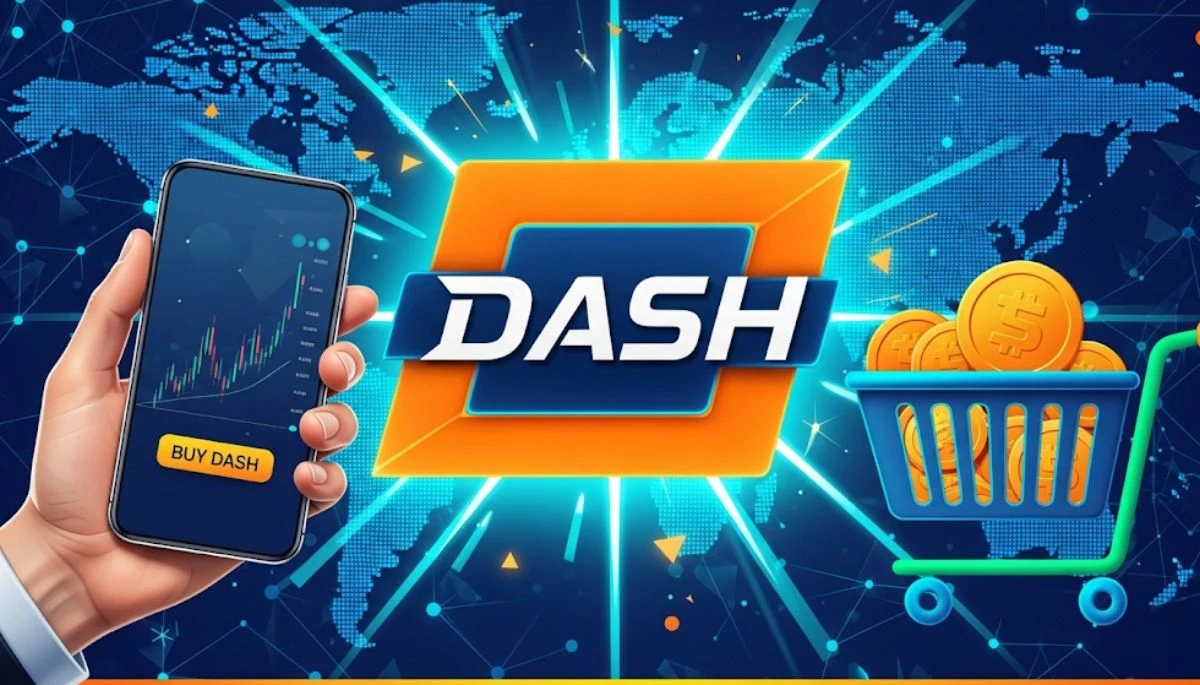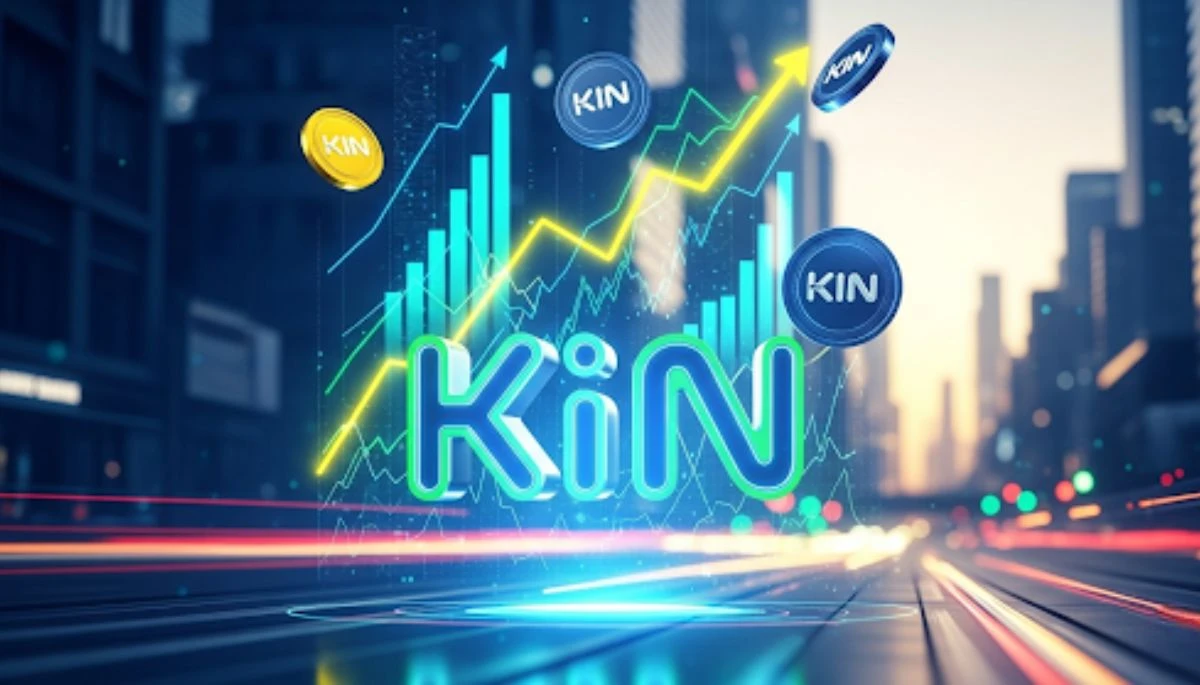As someone who’s tracked crypto startups for over a decade, I know strong leaders make or break a project. I created this guide to explain the Chief Technology Officer (CTO) role in crypto for newcomers like you, using easy, straightforward words.
Table of Contents
With 2025’s crypto boom, fueled by moves like Trump’s Bitcoin Reserve, understanding the tech leader behind a project is vital for wise investments. This article simplifies the CTO’s duties, skills, and influence to help you assess crypto ventures confidently.
Key Takeaways:
- A CTO leads the tech strategy, ensuring a crypto project’s blockchain runs smoothly.
- They oversee security, scalability, and innovation, critical for project success.
- A strong CTO with a solid track record builds trust and attracts investors.
What Does a Crypto CTO?
A CTO, or Chief Technology Officer, is the top tech leader in a crypto project. They design and manage the blockchain, ensuring it’s secure, fast, and reliable. Think of them as the architect behind the project’s digital foundation.
Core Responsibilities:
- Tech Strategy: Plans the blockchain’s structure, like Ethereum’s smart contracts or Solana’s high-speed transactions.
- Team Leadership: Manages developers and engineers to build and maintain the platform.
- Security: Protects against hacks, crucial since $1.7 billion was stolen in crypto in 2024 (Chainalysis).
- Innovation: Adds new features, like DeFi tools or NFT support, to stay competitive.
Why Is the Crypto CTO Important?
Crypto projects live or die by their technology. A skilled CTO ensures the project works well and gains trust from users and investors. For example, when researching coins like KIN, a CTO’s expertise matters.

Why CTOs Matter:
- Trust Building: A strong CTO with a public track record reassures investors.
- Problem Solving: Fixes bugs or scales the blockchain during high demand.
- Market Edge: Keeps the project ahead of rivals with cutting-edge tech.
Example CTO Impact:
| Project | CTO | Achievement |
|---|---|---|
| Ethereum | Vitalik Buterin | Pioneered smart contracts |
| Solana | Anatoly Yakovenko | Built high-speed blockchain |
Skills a Crypto CTO Needs
A CTO in crypto must blend tech expertise with crypto knowledge. They face unique challenges like securing decentralized systems.
Must-Have Skills:
- Blockchain Expertise: Understands consensus mechanisms like Proof of Stake or Proof of Work.
- Coding: Proficient in languages like Solidity (Ethereum) or Rust (Solana).
- Cybersecurity: Guards against hacks and phishing attacks.
- Leadership: Guides teams under tight deadlines and market pressure.
- Market Insight: Aligns tech with trends, like DeFi or meme coins.
CTOs in Meme Coins vs. Serious Projects
Meme coins, like Dogecoin or Dashcoin, differ from serious projects like Ethereum. Their CTOs face different pressures, especially around hype and community.
Meme Coin CTOs:
- Fast Delivery: Build simple blockchains to ride viral trends on X.
- Community Focus: Engage with fans, often via KOLs.
- Low Complexity: Prioritize basic functionality over advanced features.
Serious Project CTOs:
- Long-Term Vision: Develop scalable, secure systems for global use.
- Regulation Compliance: Work with laws to avoid SEC issues.
- Complex Tech: Build DeFi, NFTs, or cross-chain bridges.
Note: Meme coin CTOs may lack transparency, raising red flags for investors.
How to Spot a Good CTO
A reliable CTO can make a project stand out. Here’s how to check their credibility before investing.
What to Look For:
- Track Record: Past success in crypto or tech, like leading a DeFi project.
- Public Presence: Active on X or LinkedIn, sharing updates.
- Team Quality: Works with skilled developers, not anonymous coders.
- Whitepaper Clarity: Explains tech plans clearly in the project’s whitepaper.
Red Flags:
- Anonymous CTO with no history.
- Vague or hyped-up tech promises.
- No response to community tech questions on forums.
What Is a Crypto Token?
Since CTOs often oversee token creation, let’s clarify what a crypto token is. Unlike coins (like Bitcoin), tokens run on existing blockchains like Ethereum. Learn more about crypto basics.
Token Facts:
- Purpose: Used for payments, voting, or rewards in apps.
- Examples: UNI (Uniswap) for governance, USDT for stable value.
- Creation: CTOs design tokens using standards like ERC-20.
How CTOs Impact Investment Decisions
A CTO’s reputation can sway your investment choice. Their skills signal whether a project is legit or a scam.
Investment Tips:
- Check LinkedIn: Verify the CTO’s past roles and education.
- Read Whitepapers: Look for clear tech details, not just hype.
- Follow X: See if the CTO engages with the community or KOLs.
- Compare Projects: A strong CTO sets a project apart from rivals.
Stat: Projects with transparent CTOs raise 3x more funding (CoinDesk).
FAQs Crypto CTO
Can a crypto project succeed without a CTO?
Unlikely. Without a tech leader, projects struggle with development, security, and investor trust.
How much does a crypto CTO earn?
Salaries range from $150,000 to $500,000 yearly, plus token bonuses, depending on the project’s size (Glassdoor).
Are CTOs in meme coins less skilled?
Not always, but meme coin CTOs often prioritize speed over complex tech, which can mean less experience.
How do I verify a CTO’s credentials?
Check LinkedIn, GitHub, or X for their work history and project contributions.
What happens if a CTO leaves a project?
It can cause price drops or delays, but a strong team may recover if a new CTO is hired quickly.
Conclusion
A CTO is the backbone of a crypto project, steering its tech to success or failure. By leading blockchain development, ensuring security, and driving innovation, they build trust and value for investors. For beginners, checking a CTO’s skills and track record is a smart step before investing.
Use resources like CoinDesk or Binance Academy to dig deeper into crypto roles. Whether it’s a meme coin or a DeFi platform, a strong CTO can make all the difference—so do your homework and invest wisely!
















